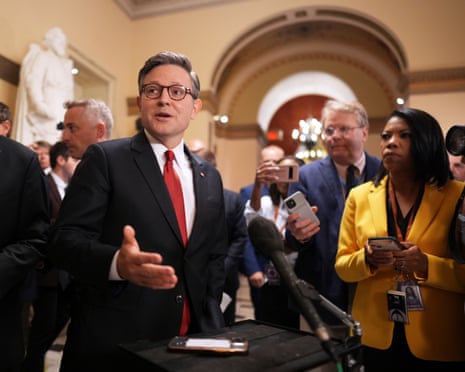Shames talks about the Panthers, their ethos and why the mobile phone has replaced the gun

I dont know how it happened but at one point I started. I must have gone by the Panther office, neither Bobby Seale nor I can remember, but I went by and they liked my pictures and they wanted to use them in their paper so I started taking pictures for them. But really I hadnt been a photographer for even a whole year. I wasnt a professional and I didnt quite know what I was doing.
-
A girl holds a Free the Chicago 8 placard at a rally for Panther George Jackson and the Soledad Brothers in DeFremery Park, West Oakland, 1969
The Black Panthers had a unique approach to organising. The first thing they did was they patrolled the police, which they did with a law book and a gun; and thats the media image of them. But in addition they ran more than 60 community programmes, the most famous of which was supplying breakfasts for schoolchildren, which they started before the United States government was feeding schoolchildren. They also started free medical clinics. They would escort senior citizens shopping so they would not get robbed. They provided free clothing. They bused families to prison for visits. The Panthers were really in the community. They did it because they felt they had to do something for the people, but also to show the contradiction that in the United States, maybe the richest country in the history of the world, people were hungry and living in extreme poverty. The Panthers wanted to highlight this.
-
George Jacksons funeral at St. Augustines Church, Oakland, California, 1971
Jailed Panther George Jacksons younger brother took a judge hostage and tried to break George out of jail, and he and the judge got killed. A year later George was in solitary confinement in the maximum security San Quentin prison. The story was that he had a gun, in solitary confinement, and that he tried to break out, and thats why they murdered him. That was the prisons story. You can make your own mind up.
-
A member sells the Black Panther, the partys newspaper, in the Roxbury section of Boston, Massachusetts, 1970
Panthers would get up at four or five in the morning. They would then go and prepare breakfast for schoolkids who would eat at 7 or 7.30, and then have to be at school. The Panthers would then have different things to do: some of them sold the newspaper; some of them went out organising. People would come by the Panther office if they had problems – if someone in their family was arrested or if they lost their job. If they had a problem with their landlord, the Panthers would go with them and try to negotiate. Thats what they did until late in the evening. It wasnt a 9-5 job; it was 24/7.
-
Black Panther Fania Jordan is arrested at the trial of her sister, Angela Davis, in 1972
The Panthers made coalitions with groups. They were instrumental in getting the Young Lords, a Puerto Rican street gang, to become a political organisation. And there was a group in uptown, the Young Patriots, who actually had the confederate flag on the back of their jackets, who made a coalition with the Panthers. Bobby Seale said he welcomed anybody who was a progressive, who wanted to make change. He said: Were not a black nationalist group, were not going to fight racism by being racist.
-
A teenager on Chicagos south side wears a Bobby Seale badge, 1970. The Black Panthers were able to motivate urban youth
At the time, the Panthers were one of the most progressive organisations in terms of women and also in terms of gay rights. Huey Newton spoke up for gay rights at a time when it wasnt very popular, especially in the black community.
-
Black Panthers line up at a Free Huey rally in DeFremery Park in west Oakland in 1968
The Panthers were very, very media conscious. They understood how to get the image out there, how to use the media, and how important that is in this day and age.
-
Two women with bags of food at the Peoples Free Food Program, one of the Panthers survival initiatives, Palo Alto, California, 1972
The Panthers all lived in various houses together. Then later they made separate homes for the children because the police under President Nixon started raiding their houses and assassinating them. They made them separate houses, figuring that the police wouldnt raid them and kill the children.
-
Kathleen Cleaver, communications secretary and the first female member of the partys central committee, attends a Free Huey rally in DeFremery Park, Oakland, California, 1968
If you talked to Bobby Seale now, hed say: If we were starting the Panthers now, we wouldnt carry guns. The mobile phone is the best weapon for monitoring the police today. He said that. You know, everyone has one, you just take the pictures and put them on the internet. Bobby said: If I were founding the party today thats what wed use.
-
A boy gives raised fist salute in front of the New Haven courthouse during a demonstration by 15,000 people in1970. Bobby Seale, chairman of the party, and fellow member Ericka Huggins were on trial for murder. Both were acquitted.
All photographs copyright Stephen Shames, courtesy the Steven Kasher Gallery
Power to the people: The Black Panthers photographs of Stephen Shames is at the Maison Folie Moulins in Lille, with a programme of related events, until January 6, 2019
Read more: http://www.theguardian.com/us


